In 2024, China unveiled an ambitious plan to send a spacecraft hurtling toward asteroid 2015 XF261, targeting an impact speed of 10 km/second.
This daring mission—widely dubbed “DART 2.0″—draws inspiration from NASA’s pioneering DART experiment, signaling a new era in international asteroid defense.
As concerns about potential asteroid threats rise, China’s project highlights how planetary defense and asteroid redirection are rapidly becoming global scientific priorities.
By joining this crucial effort, China’s space agency aims to both test new technologies and strengthen global security against cosmic hazards.
1. The Target: Asteroid 2015 XF261
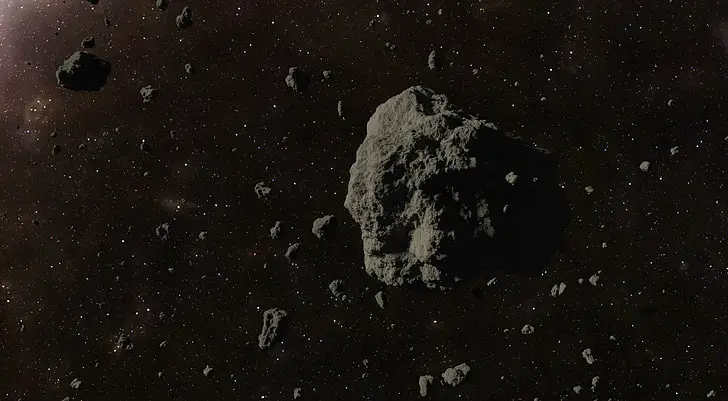
Asteroid 2015 XF261 is a near-Earth object chosen for its manageable size and favorable orbit, which make it an ideal candidate for an impact mission.
According to NASA’s asteroid database, XF261’s relatively close approach to Earth and accessible trajectory provide a practical testbed for planetary defense.
Unlike Didymos—the target of NASA’s DART—XF261 is a solitary body, allowing scientists to study the effects of a high-speed impact in a new context and expand our understanding of asteroid dynamics.
2. The Speed Factor: 10 Kilometers Per Second
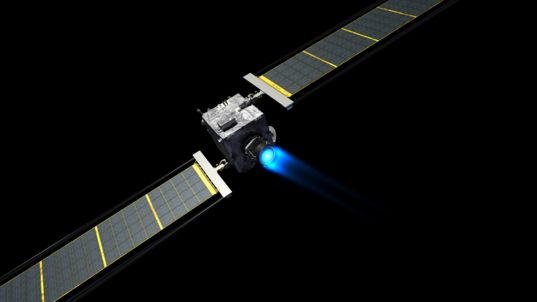
Crashing into an asteroid at 10 kilometers per second is a formidable engineering feat, pushing the boundaries beyond NASA’s DART, which impacted at 6.6 km/s.
This dramatic increase in speed results in a much higher energy release on impact, potentially causing a significantly larger change in the asteroid’s orbit.
As highlighted in Nature, achieving such velocity demands cutting-edge navigation and propulsion, but it also promises deeper insights into asteroid deflection strategies for planetary defense.
3. Building on DART’s Success
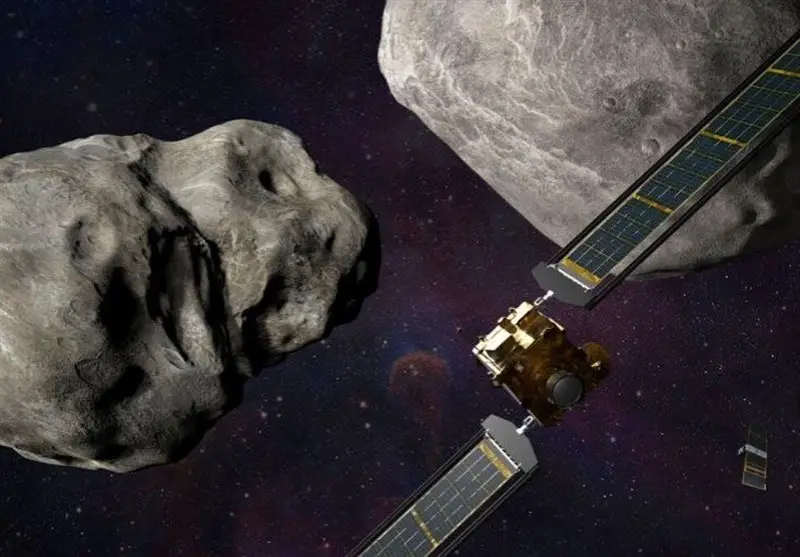
NASA’s Double Asteroid Redirection Test (DART) made history by demonstrating that a spacecraft can alter an asteroid’s path through direct impact.
This groundbreaking achievement proved that kinetic impactors offer a viable strategy for planetary defense.
China’s mission, often called “DART 2.0,” is positioned as the natural evolution of this approach—aiming to test new velocities, technologies, and data collection methods.
By pushing the limits beyond DART, China seeks to refine our planetary defense toolkit and deepen international collaboration against cosmic threats.
4. Mission Timeline: 2024 to 2029
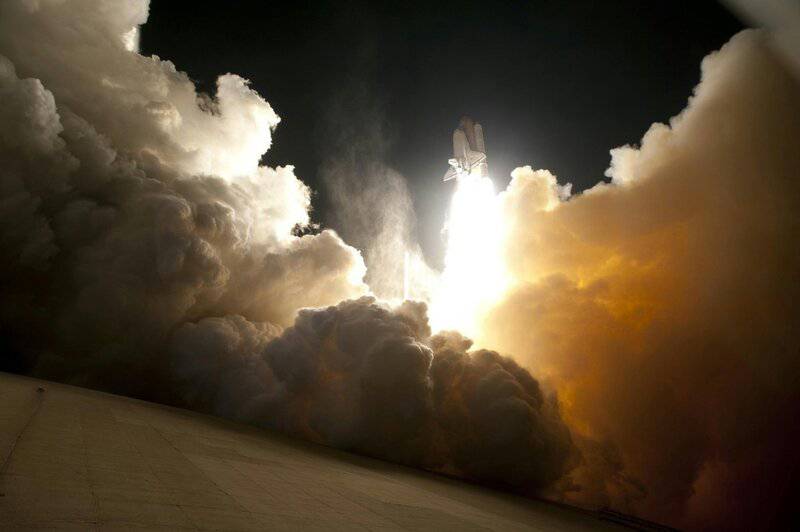
Following China’s 2024 announcement, the mission will progress through design and construction before a projected launch in 2026.
According to SpaceNews, key milestones include spacecraft assembly, testing, and trajectory corrections en route to 2015 XF261.
The high-speed impact is targeted for 2029, with mission teams preparing for real-time tracking and post-impact analysis.
Each phase is designed to maximize scientific return and ensure the mission’s success as a vital planetary defense experiment.
5. China’s Expanding Space Ambitions
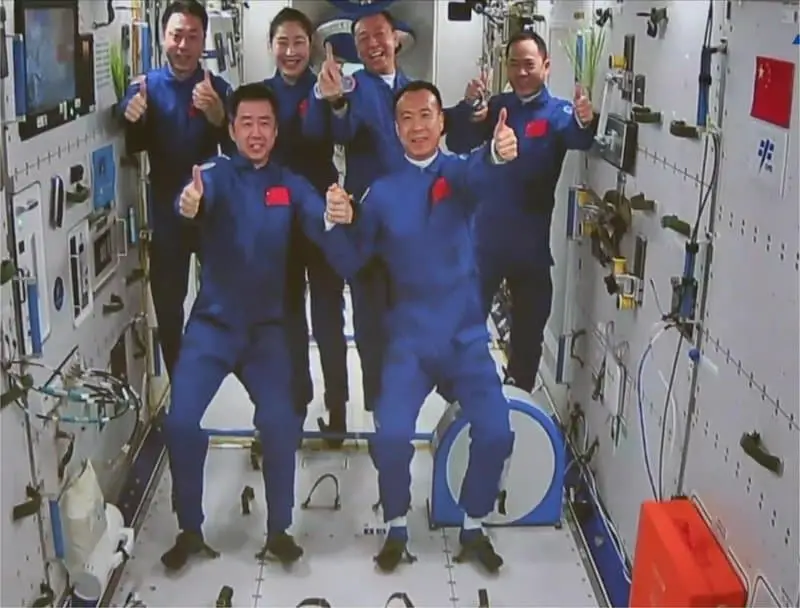
China’s asteroid mission is part of a broader push to assert itself as a leader in space science and exploration.
From lunar landers and Mars rovers to space stations, China’s achievements are rapidly reshaping the global landscape, echoing efforts by the U.S. and Europe.
As noted by the South China Morning Post, this latest endeavor into planetary defense signals a strategic commitment to both innovation and international influence, positioning China as a key player in addressing global risks from space.
6. The Spacecraft Design
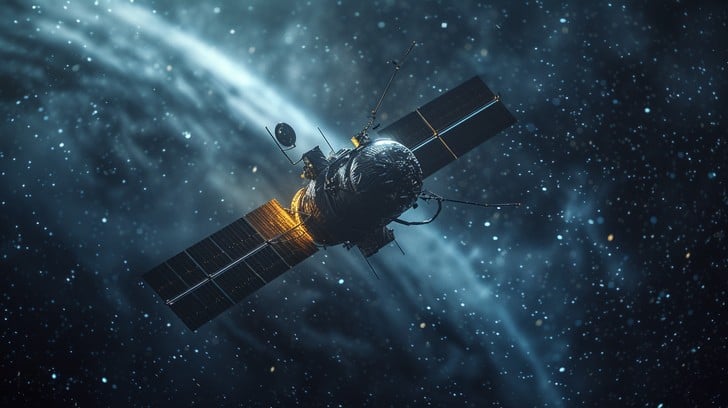
China’s impactor will likely feature advanced navigation, propulsion, and communication systems to achieve its high-speed target.
Drawing inspiration from NASA’s DART, the spacecraft will use autonomous guidance for final approach and mid-course corrections.
As reported by Space.com, robust propulsion is essential to reach 10 km/second, while upgraded communications will allow precise tracking and data transmission.
These enhanced technologies promise to deliver valuable insights and improve on the lessons learned from DART’s pioneering mission.
7. Why Asteroid Deflection Matters
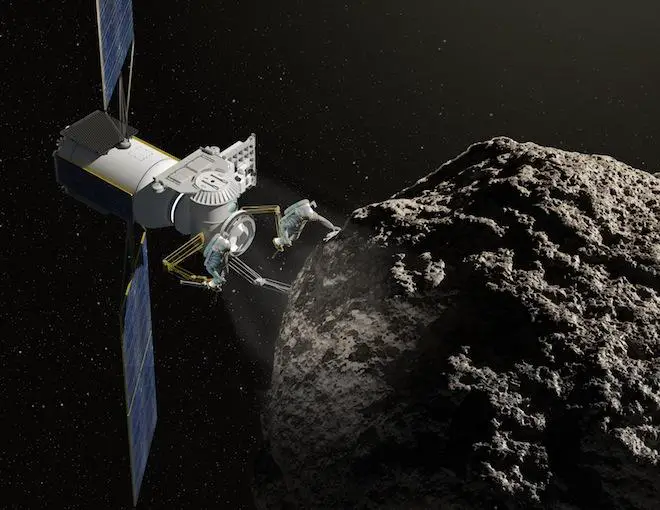
Developing the ability to deflect asteroids is crucial for protecting Earth from catastrophic impacts—a lesson underscored by our planet’s history of mass extinctions and crater scars.
Even smaller asteroids can cause devastating regional effects.
According to the Planetary Society, ongoing research and demonstration missions help us prepare for these rare but high-consequence threats.
By testing deflection technologies, nations build confidence in our capacity to mitigate potential disasters, making planetary defense a core priority for the future of civilization.
8. Measuring Orbital Changes
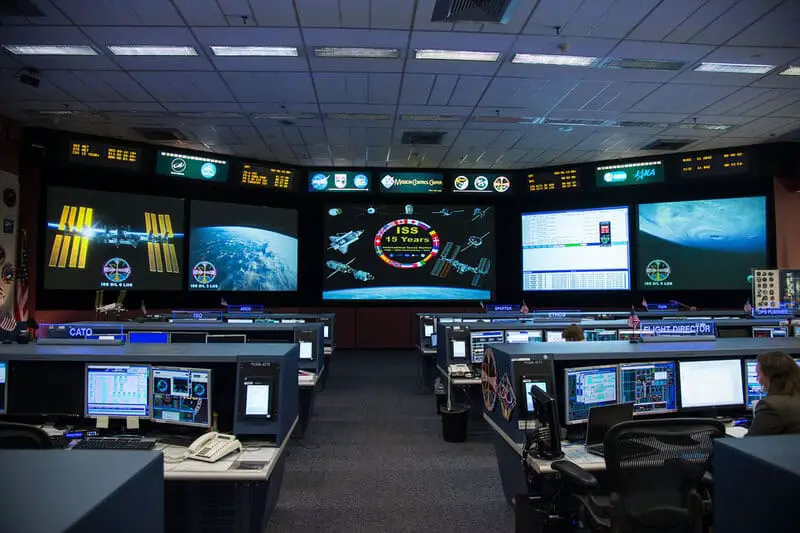
After impact, scientists will use radar imaging, optical telescopes, and precise timing to track any shift in asteroid 2015 XF261’s orbit.
Ground-based observatories and space-based assets will monitor its position relative to predicted paths, searching for even subtle deviations.
As outlined by the European Space Agency, these measurements are vital for assessing the mission’s effectiveness and refining models for future asteroid deflection strategies, ensuring our preparedness for real-world threats.
9. International Collaboration and Competition
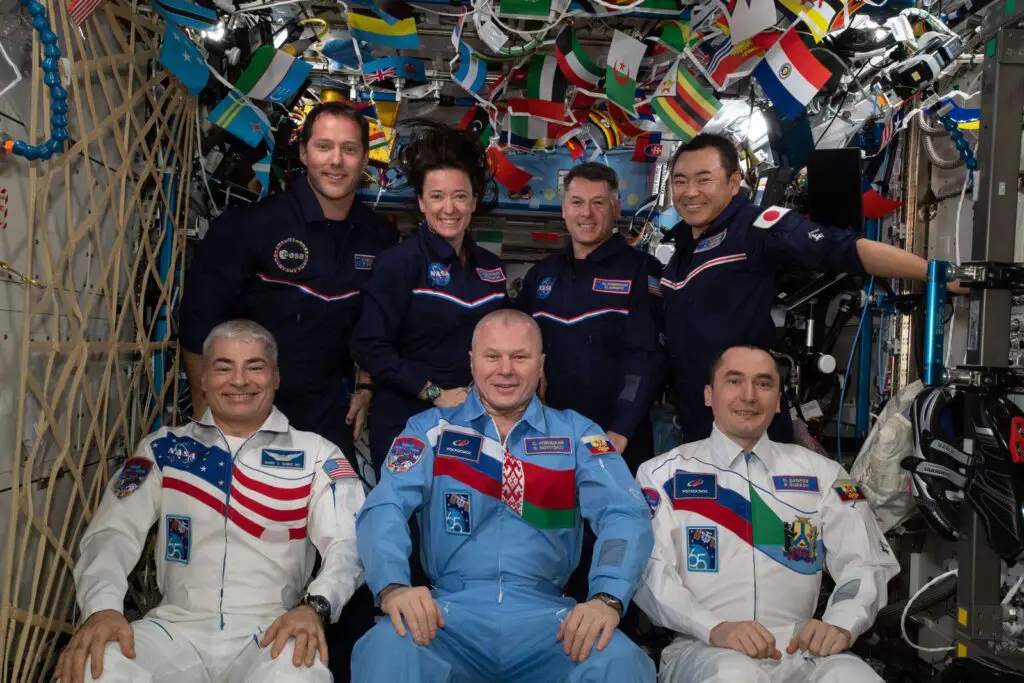
The race to develop planetary defense technologies is both a collaborative and competitive endeavor.
As China steps up with its high-velocity mission, the dynamics between leading space powers are evolving.
According to Nature News, China’s efforts could inspire deeper cooperation in asteroid detection and mitigation—but may also intensify the rivalry for technological leadership.
Ultimately, shared scientific goals and the universal threat of asteroid impacts present unique opportunities for international partnerships and joint progress in safeguarding our planet.
10. Lessons From DART’s Impact
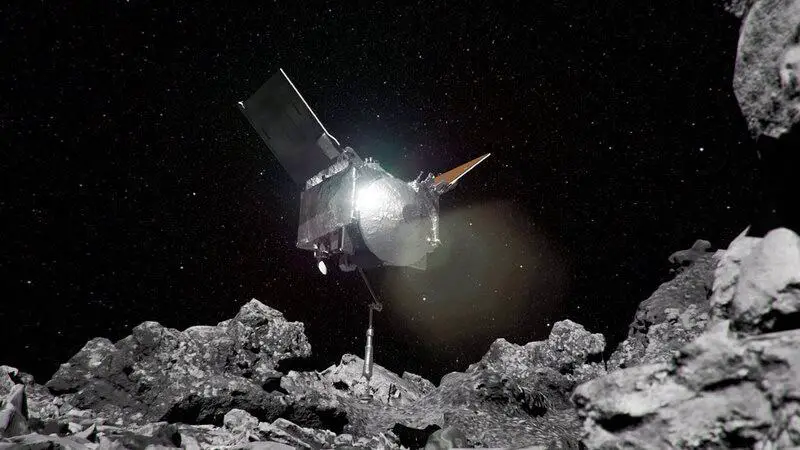
NASA’s DART mission delivered crucial insights: its collision with asteroid Dimorphos shortened the asteroid’s orbit by several minutes, proving that even a relatively small spacecraft can produce a measurable deflection.
According to NASA DART Results, the mission validated modeling predictions and highlighted the importance of impact angle and asteroid composition.
These findings guide future missions, like China’s, in optimizing impactor design and targeting for maximum orbital change.
11. The Role of AI in Mission Navigation
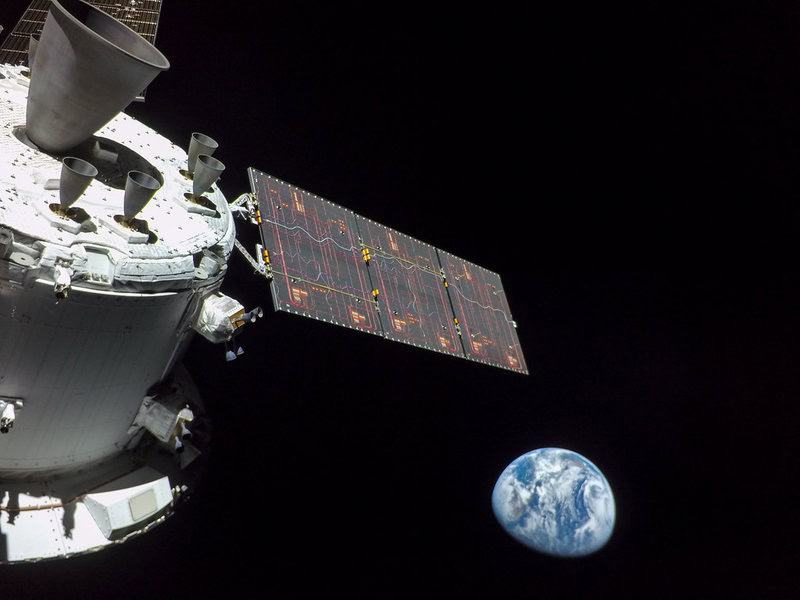
Artificial intelligence will be central to the success of China’s asteroid impactor, taking on key tasks like autonomous navigation and real-time course correction.
By leveraging advanced algorithms, the spacecraft can make split-second decisions, dramatically improving impact accuracy at such high velocities.
According to IEEE Spectrum, these AI-driven systems represent a leap forward from previous missions, reducing reliance on ground control and enabling greater mission autonomy—crucial for the complexities of deep-space planetary defense.
12. Potential Risks and Contingencies
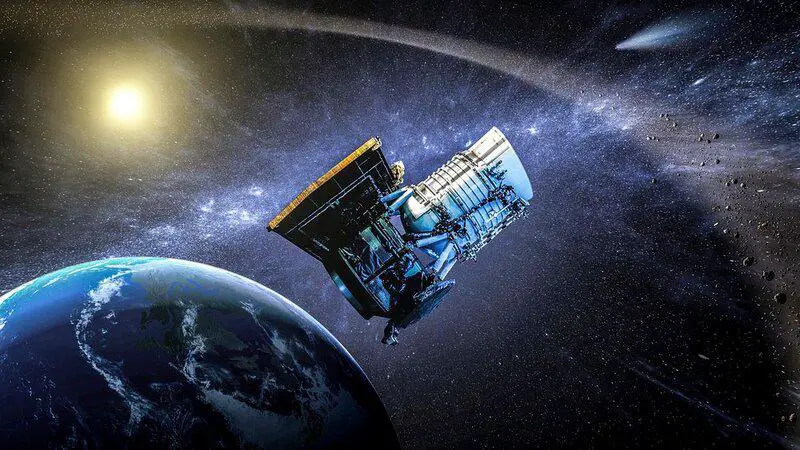
Every planetary defense mission carries inherent risks—from impact failure or missed targets to the creation of hazardous debris or unintended fragmentation of the asteroid.
China’s mission planners are developing robust contingency strategies, including redundant navigation systems and careful modeling of impact scenarios.
As highlighted by Scientific American, these precautions help minimize potential harm and ensure that the mission advances our understanding of asteroid behavior without introducing new threats to Earth or space operations.
13. Public Perception and Outreach
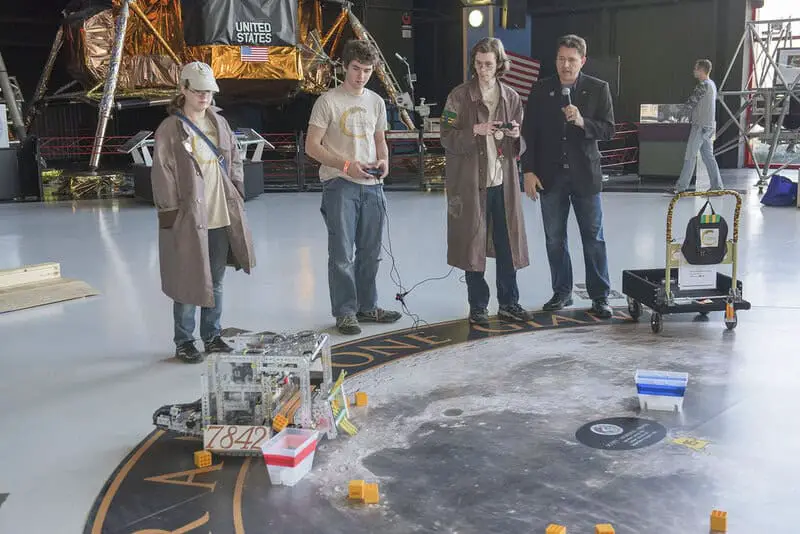
China’s asteroid impact mission has sparked excitement among both domestic audiences and global space enthusiasts.
Effective science communication is vital to build public trust and foster broader understanding of planetary defense.
According to China Daily, outreach initiatives—such as educational campaigns and transparent mission updates—help inspire the next generation of scientists while strengthening international interest and support for ambitious space projects.
14. Tracking the Impact: Ground and Space-Based Observatories
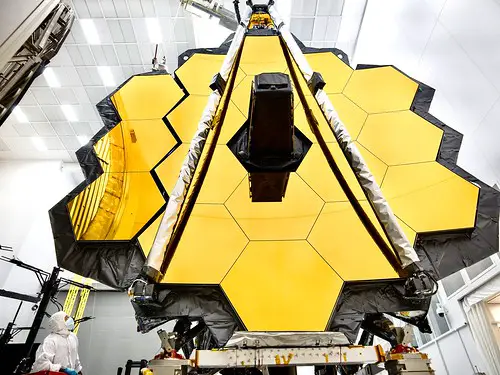
A worldwide network of ground and space-based observatories will play a crucial role in monitoring China’s asteroid impact and its aftermath.
Drawing on experience from the DART mission, astronomers will coordinate to capture real-time data, track debris, and analyze changes in the asteroid’s trajectory.
The International Astronomical Union supports such collaborative efforts, ensuring that scientists across the globe can contribute observations and share insights, making the mission a truly international scientific event.
15. Scientific Payloads and Data Collection
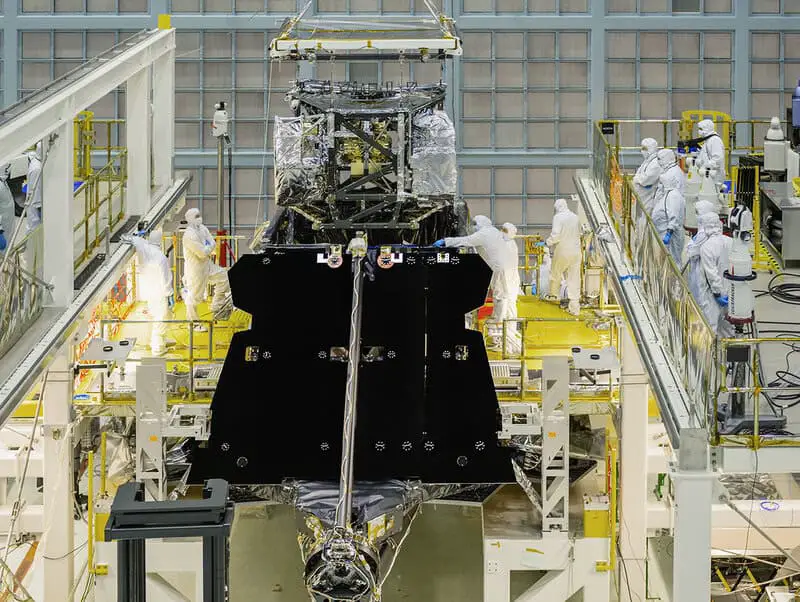
The spacecraft will carry specialized instruments to observe and measure the impact event in detail.
These may include high-speed cameras, spectrometers, and dust analyzers designed to capture data on ejecta, energy transfer, and asteroid composition.
According to Nature Astronomy, this wealth of data will inform models for future missions and greatly enhance our ability to predict and control the effects of asteroid deflection efforts.
16. Preparing for Human Intervention
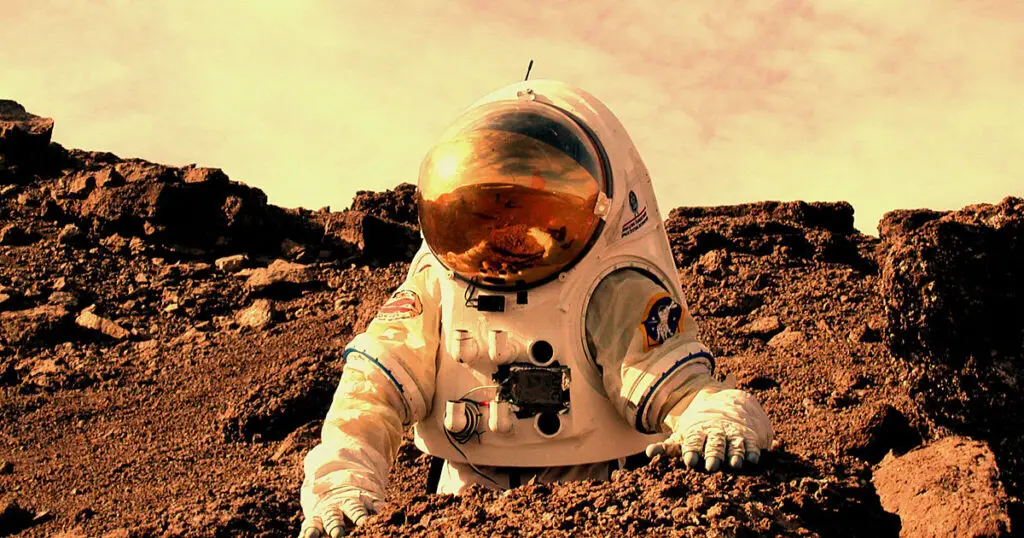
Robotic missions like China’s asteroid impactor are essential stepping stones toward future human involvement in asteroid redirection or resource extraction.
As technologies mature and risks are better understood, the prospect of sending astronauts to intercept or mine asteroids becomes more realistic.
According to The Conversation, these early efforts lay the groundwork for human-led planetary defense or commercial ventures, ensuring that we’ll be ready when human intervention is both possible and necessary.
17. Implications for Future Planetary Defense
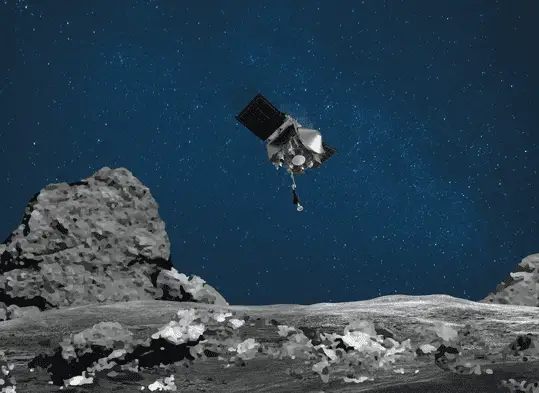
China’s high-velocity asteroid mission is poised to set new benchmarks for planetary defense worldwide.
Its success could encourage international agencies to coordinate more frequent redirection tests and share best practices.
As noted by the European Space Policy Institute, these efforts will shape global defense protocols, promote technological innovation, and foster a culture of preparedness, ensuring that humanity is increasingly equipped to face the challenges posed by near-Earth objects.
18. Environmental and Ethical Considerations

Altering the trajectory of asteroids raises important ethical and environmental questions.
Should humanity intervene in the cosmos, and who decides the criteria for action?
According to the Space Policy Journal, establishing global consensus and transparent guidelines is essential to ensure that planetary defense actions are responsible and equitable.
These considerations highlight the need for ongoing dialogue as we expand our capability to reshape the solar system for our own safety.
19. The Role of Private Sector and Innovation
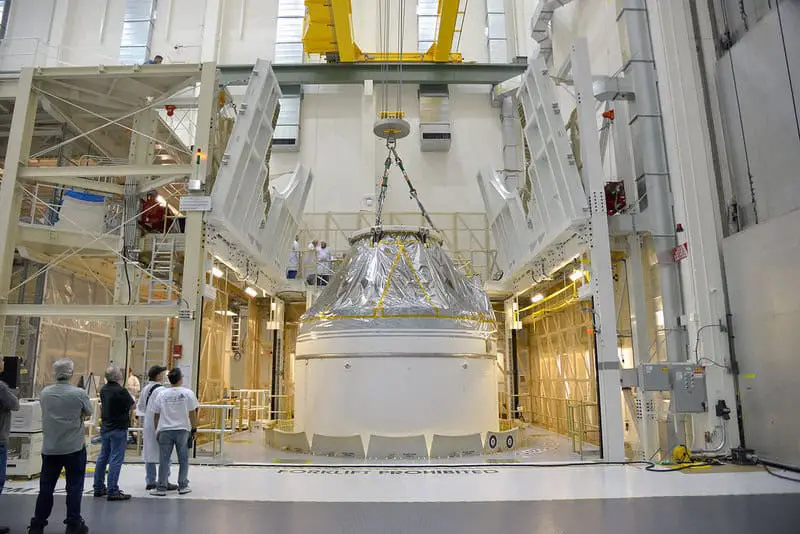
Private companies are increasingly playing a role in asteroid missions, bringing cutting-edge technology and entrepreneurial spirit to the field of planetary defense.
As reported by Reuters, collaborations between government agencies and commercial partners are accelerating innovation, from advanced propulsion systems to new observation platforms.
These partnerships not only expand technical capabilities but also create new opportunities for investment and rapid progress in asteroid science.
20. Long-Term Vision: Protecting Earth
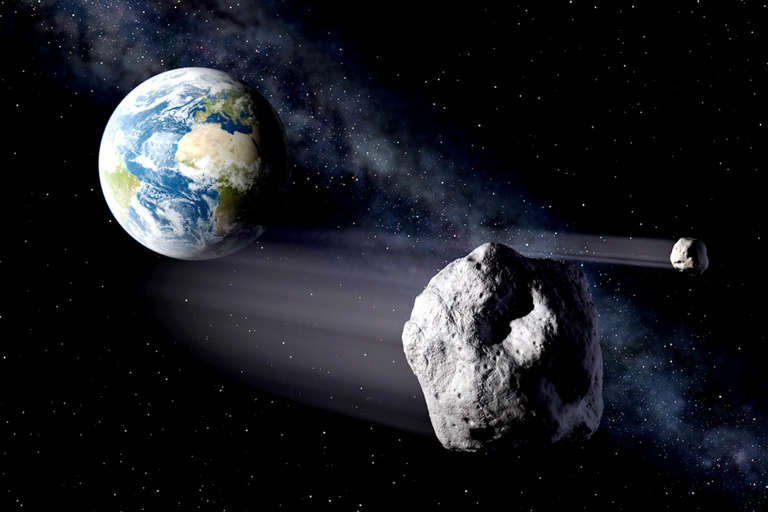
At its core, China’s asteroid impact mission is about building a safer future for all.
By advancing planetary defense, the project aims to shield Earth from rare but devastating asteroid collisions for generations to come.
The World Economic Forum emphasizes that such efforts also foster international scientific cooperation, uniting nations in the shared pursuit of global safety.
Together, these missions represent a meaningful step toward a more secure—and collaborative—future for humanity.
21. What’s Next After DART 2.0?
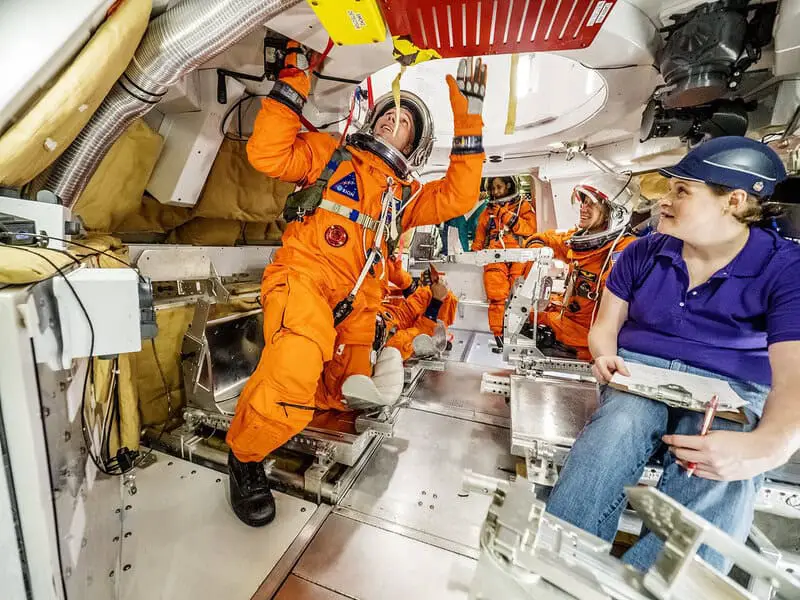
Looking beyond China’s high-speed impactor, the next wave of missions could include even more sophisticated asteroid deflection techniques—from gravity tractors to explosive devices.
Broader international collaborations are likely, pooling expertise and resources for complex, multi-faceted planetary defense campaigns.
According to SpaceNews, these efforts will deepen our understanding of near-Earth objects and ensure that the world remains at the forefront of protecting our planet from cosmic threats.
Conclusion
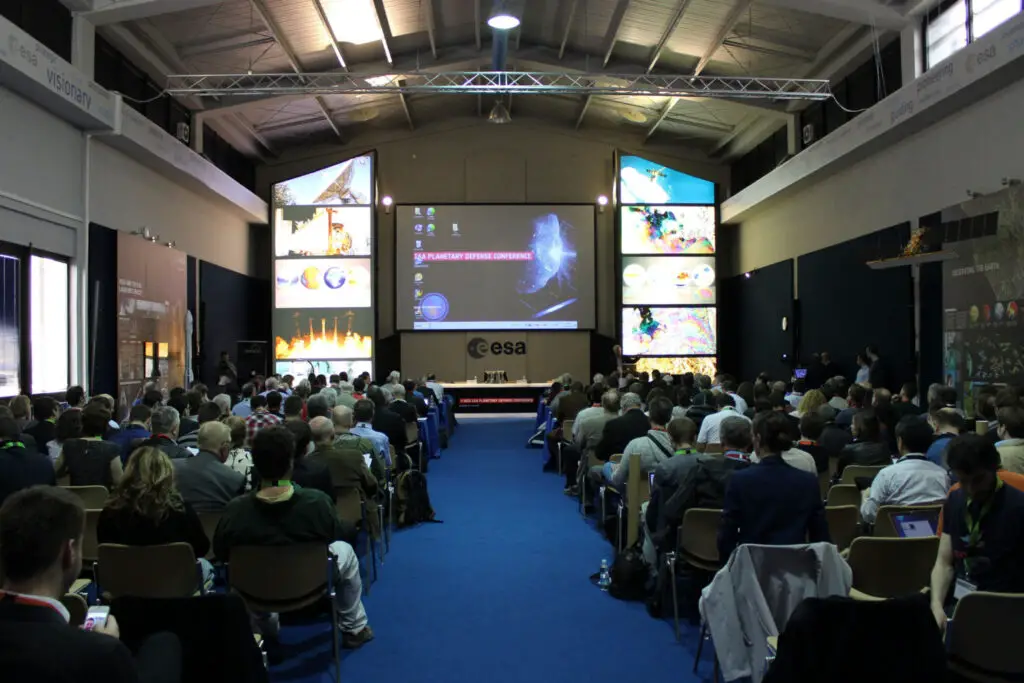
China’s DART 2.0 mission marks a pivotal moment for science, global cooperation, and the future of planetary defense.
By advancing our ability to redirect asteroids, China joins a growing international movement dedicated to protecting Earth from cosmic threats.
As we look ahead, continued innovation and collaboration will be essential for success.
Safeguarding our planet is a shared responsibility—one that unites nations, scientists, and the public in a common cause.
The journey is just beginning, and the world is watching with anticipation.

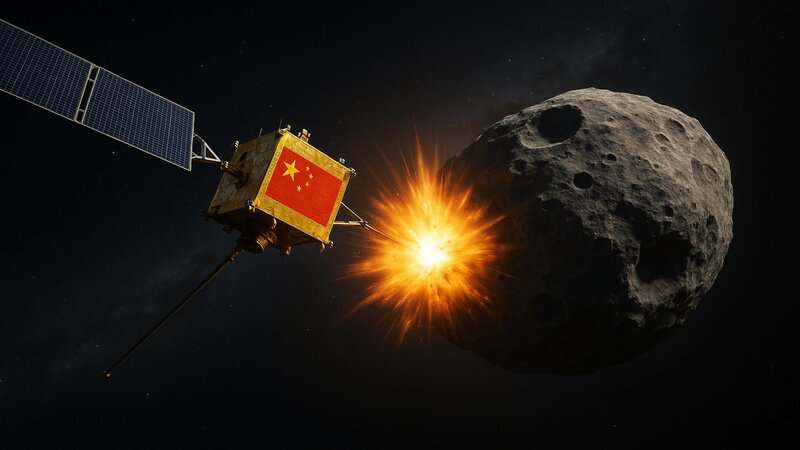

Vielleicht interessiert es Sie:
Wussten Sie! Minensuchratten auf dem Schlachtfeld und sie sind super effektiv!
Wie viele Giraffenarten gibt es? Leben sie alle in Afrika?
Der Vogel ist das Weibchen der Vögel: wahr oder falsch?
Warum bauen Biber Dämme? Welchen Nutzen?
Warum leben manche Tiere nachtaktiv? Welche Vorteile?
Küssen Tiere? Ist das die gleiche Bedeutung wie Menschen?
200+ Hilarious Seahorse Jokes That Will Make You Smile and Giggle
200+ Funny Investment Jokes to Boost Your Financial Humor Game